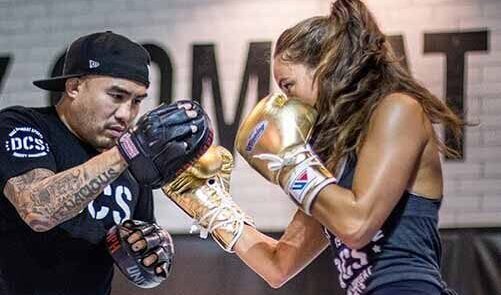
In this beginner’s guide to boxing, Praise “The Technician” Vaughn breaks down the basic movements and attacks used in boxing. Praise teaches boxing classes in Vancouver, BC at Diaz Combat Sports.
Boxing is, in a word, great. It is known as both the sweet science and the art of hitting and not getting hit. At the professional level, boxing is a cultural phenomenon that stands as one of the highest-profile, highest-paying sports on earth. For the rest of us, whether we grind away alongside aspiring fighters or simply seek the best boxing gym in Vancouver so we can get in shape, boxing provides both a brilliant method of cardiovascular exercise and a tremendously effective system of self defense. Over hundreds of years and across hundreds of nations, boxing has remained a martial art of choice for people of all walks of life.
The core elements which comprise boxing are movement, defense, and (of course) punching techniques. With the help of DCS trainer Praise Vaughn – an accomplished disciple of legendary collegiate coach/fan-favourite fighter, Skipper Kelp – we provide a look at these fundamentals of western boxing below. Following a quick summary of each move, Praise will give us a detailed video breakdown. Along with her own lifetime’s worth of coaching expertise, Praise brings Skip’s top-notch system to DCS, and you’ll immediately see why DCS holds rank as one of the top places to learn boxing in Vancouver.
First, we showcase some of boxing’s basic punch attacks; next, we touch on rhythm, footwork, and movement, before concluding with the standard defensive tactics favoured by Praise.
Punches
Jab To The Head
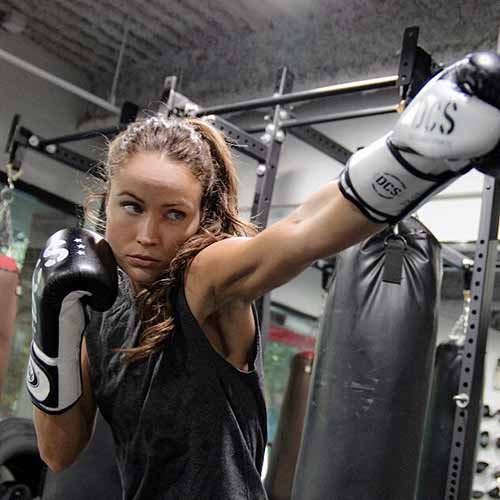
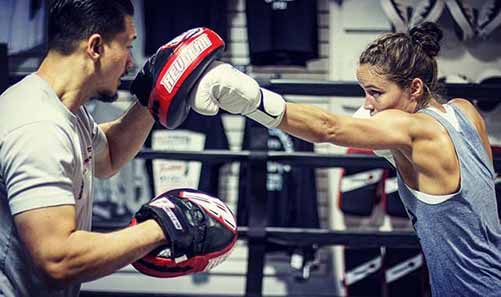
The Jab, pretty much indisputably, is the most important punch in a fighter’s arsenal. Making use of the lead hand — the hand closest to the opponent — the jab stands as the quickest, longest-reaching punch available. It is an invaluable tool for establishing and maintaining distance, setting up heavier shots, and keeping your opponent guessing through the use of feints. Although often employed as a way to disrupt your opponent and establish your own follow up shots, a good jab can pack plenty of sting, and can even stagger a foe who moves into one carelessly. Further, a properly extended jab provides some defensive coverage by hiding your jawline behind your own shoulder. Endlessly useful, the jab must be well-practiced by anyone with an interest in boxing.
Jab To The Body
A jab aimed at the body retains the speed, reach, and coverage of one to the head — with the added benefit of moving your head off line as you change levels. This makes the jab to the body a great option to avoid a straight punch from the opponent, and can stymie their forward movement. As with other punches, changing levels from the head to the body is an excellent way to keep your opponent guessing and set up subsequent attacks to either target.
Cross To The Head
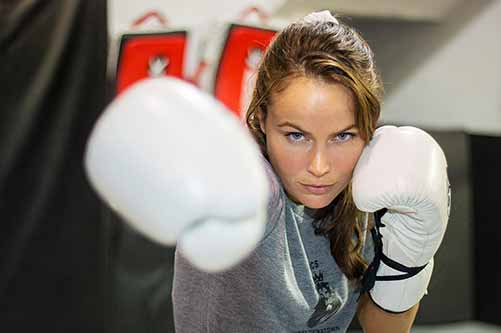
The cross, or “two”, is the jab’s natural counterpart and the first rear-hand power shot you’ll learn. A powerful straight punch, the cross can be thrown to great effect on its own, as an immediate followup to the jab, or in combination with various lead-hand shots to the body & head. In general, straight punches land faster than ones which travel in an arc, meaning the cross can be applied to beat an oncoming hook or overhand shot. Similarly, an opponent on the defensive may primarily use their gloves to block their temples, making the cross a perfect shot to split through their guard and connect on their face or jaw.
Cross To The Body
Much like jabbing the body, throwing a rear hand cross to the body has the added effect of requiring you move your head off-line, making it useful as a way of dodging a blow and delivering your own. By directing the blow to the opponent’s solar plexus, the cross to the body becomes a powerful shot that can readily knock the wind out of them. This punch is particularly useful when dealing with highly mobile opponents & those with good head movement.
Lead Hook To The Head

Quick, short, and immensely powerful. The lead hook, or “three”, uses rotational force to drive your punch along a tight, short arc into the opponent’s jaw or temple — often resulting in a KO. While the lead hook is a close-range shot by nature, a well-timed one can be an effective counter as your opponent rushes to close the distance themselves. The three is an essential element of countless combinations, chaining extremely well with rear hand blows as you shift your weight back and forth & change levels.
Lead Hook To The Body
A crucial element of infighting, the lead hook to the body can be every bit as devastating as it is to the head. For an orthodox fighter, a well-placed lead hook will find its home under the ribs of the right side of an opponent’s body — where the liver sits. A shot to the liver is often enough to put down even the toughest fighters, but if they manage to stay on their feet the natural tendency is to lower their hands, protecting the body but leaving their head wide open.
Rear Uppercut
The rear uppercut is another power shot which lends itself to circumventing an opponent’s guard, as it travels an upwards arc directly into their jaw or face. Like the lead hook to the body, with which it pairs beautifully, the rear uppercut works wonders at close range. Still, a well-timed rear uppercut can be used to catch a ducking opponent or as a counter shot from mid-range as well.
Lead Uppercut

The lead hand uppercut serves as a quick, solid punch from up close. It is a particularly good followup punch to the lead hook to the body, as your opponent’s guard will drop and leave their jaw exposed for this shot.
Rear Hook To The Head
This power punch traverses a slightly wider arc than the shorter, tighter lead hook, and as such can sneak around the opponents guard and connect on the temple to great effect. Still, it is very much a closer-range technique, and can leave you exposed to a counter shot if thrown haphazardly from too great a distance.
Rear Hook To The Body
Again, a powerful tool for infighting and imminently chainable with other close-range hooks and uppercuts. Orthodox fighters will find plenty of success changing levels and going to their opponent’s ribs with this shot. Southpaws, however, take note: this is your liver punch, and it can be thrown with massive power.
Movement
Stepping And Punching
One of the most critical concepts for fledgling boxers is the syncing of punches with steps — that is, for every punch you throw, you should step with the corresponding foot instead of simply pivoting. This has many advantages, chiefly that your feet will remain in position and allow you to keep moving forward or backward. Many fighters instead make the mistake of leaping forward to attack, pivoting in place on their punches and giving their opponent ample opportunity to back away.
Rhythm
Maintaining a rhythm while boxing is critical for two reasons: first, it keeps your head in constant motion, making it harder for your opponent to accurately target you; second, it is much faster to keep up a constant rate of continual movement than to come to a rest before moving again.
Basic defensive tactics
Guard
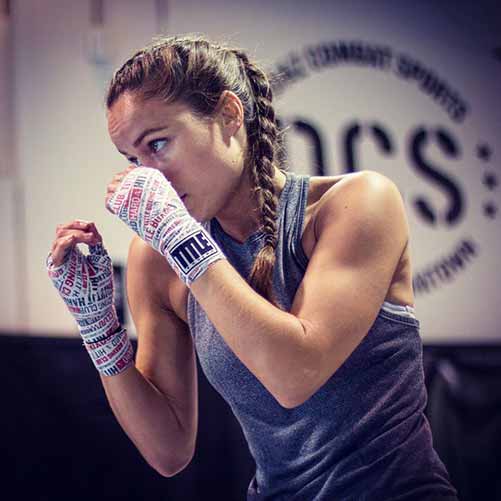
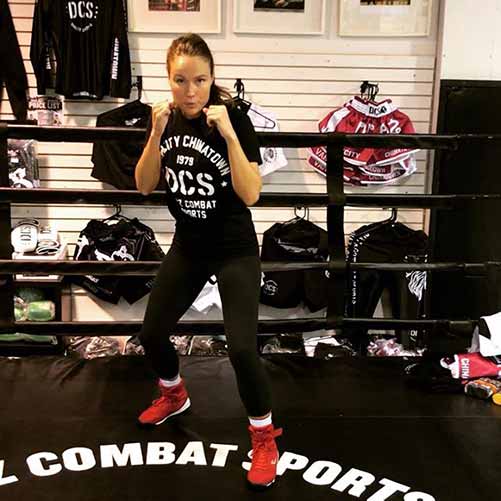
One of the most common things you will hear in almost any striking sport is a corner yelling for a fighter to keep their hands up. A tight guard will protect you in various ways — you can deflect blows on your gloves, catch incoming shots before they connect, parry, and quickly lower your elbows to defend your midsection.
Head Movement
Moving your head off-line is another essential way to avoid taking damage. The three most basic forms of head movement are the slip, the roll, and the pull. Successful head movement can leave your opponent swinging at the air, tiring out and leaving them open for an eventual counter shot.
